Preventing sulphate attacks on anhydrite screeds
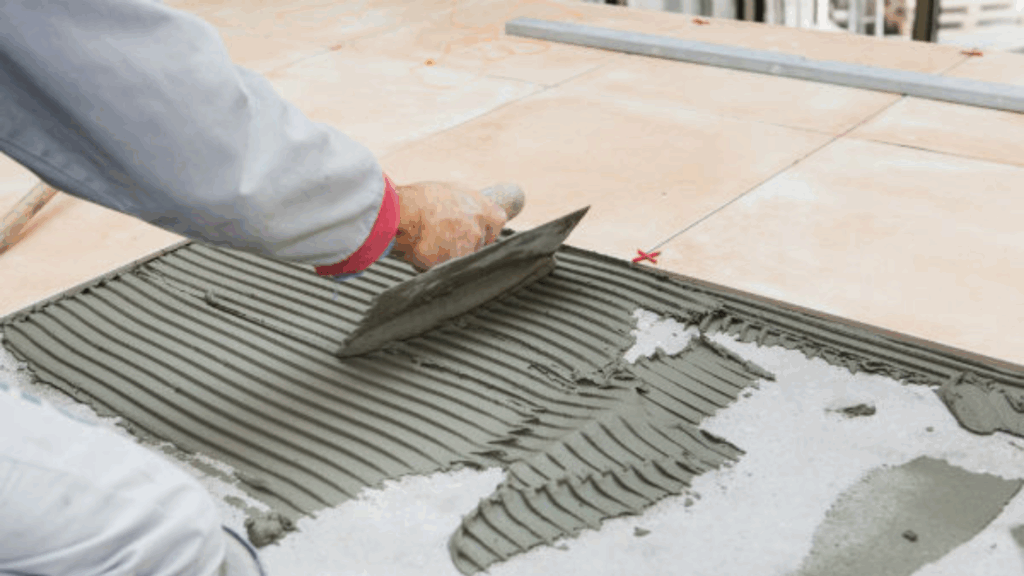
Anhydrite/gypsum based screeds are popular for their free-flowing and self-levelling properties as well as ease of installation. They differ from traditional screeds in that they use a calcium sulphate binder instead of Portland cement in the screed mix. The calcium sulphate based binders allow the screed to be laid to a lower thickness than traditional […]
5 Things you need to know about your screed before refurbishing your floors
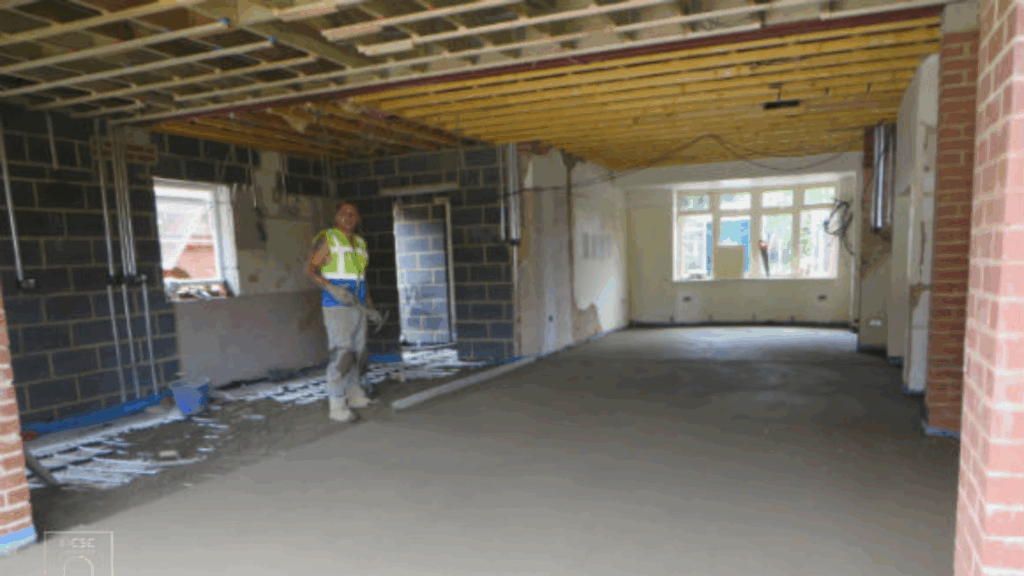
Once your old floors are stripped of their floor covering, it is important to make a thorough assessment of the remaining substrate to make sure it is in a suitable condition to take on the new flooring. Some of the basic aspects that need to be looked at before laying the new floor finish are: […]
Storing Sand and Cement? Quick Tips
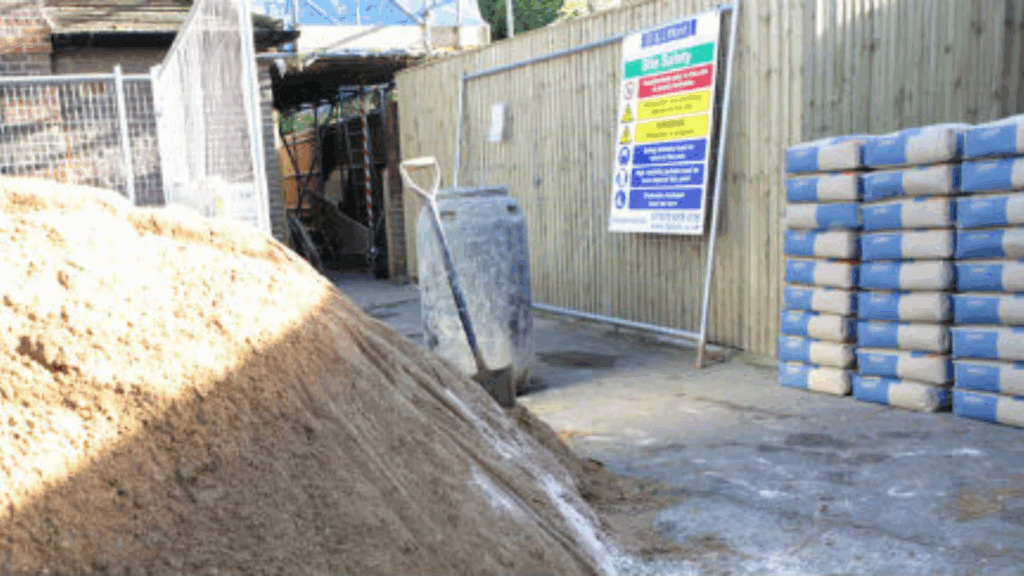
The quality of the screeding material plays a major role in determining the final strength and quality of a screed. Though one of the major ingredients, Portland Cement is a quality assured manufactured product, careless handling and storage often leads to deterioration of its quality and wastage. Similarly, aggregates should also be stored and handled […]
Problems caused by damp screed highlighted in Tomorrow’s Flooring article
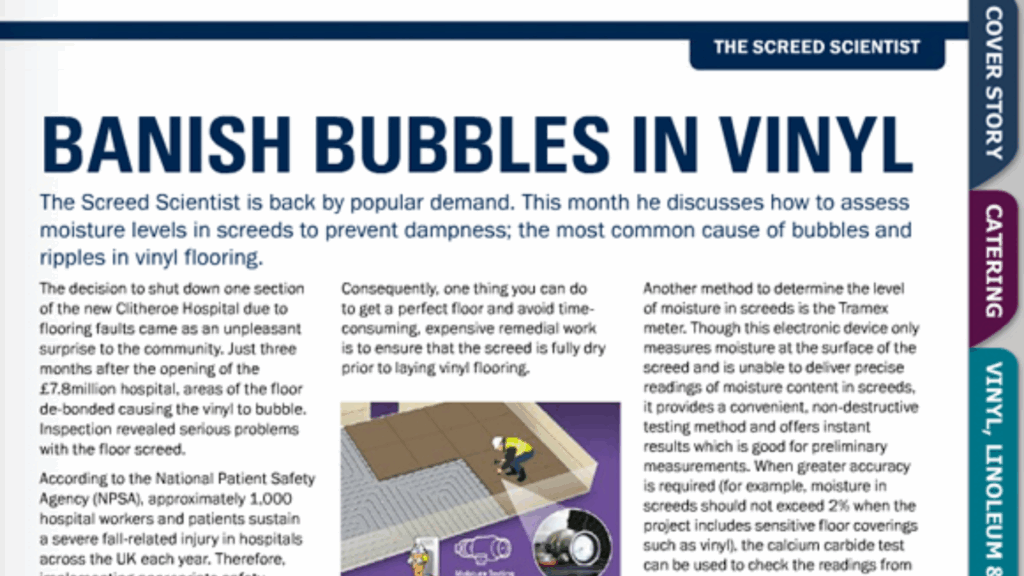
News about delays in opening a part of Clitheroe Community Hospital was an unfortunate reminder that moisture levels in screed are ignored at your peril. Vinyl is the floor covering of choice in most hospitals but whilst de-bonded and bubbling vinyl is unsightly in a residential setting, it can be a health and safety hazard […]
Leading Edge Protection
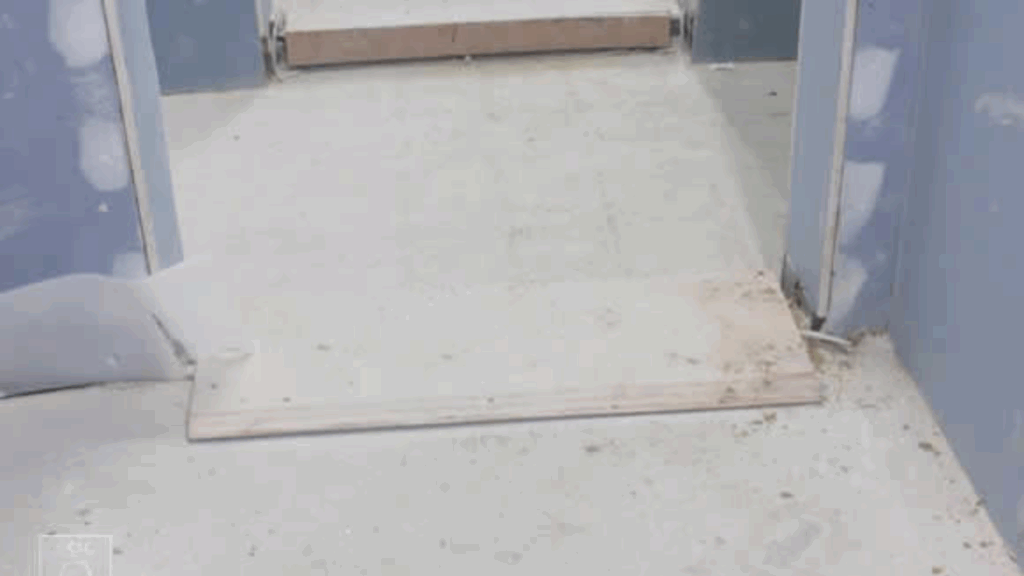
The Screed Scientist is always on the lookout for examples of builders who really know their stuff. You can see it in the attention to details that others may overlook or deem too much hassle. So when we saw this fine example of screed leading edge protection, we had to show it to everyone. The […]
Seasons Screedings from the ScreedScientist
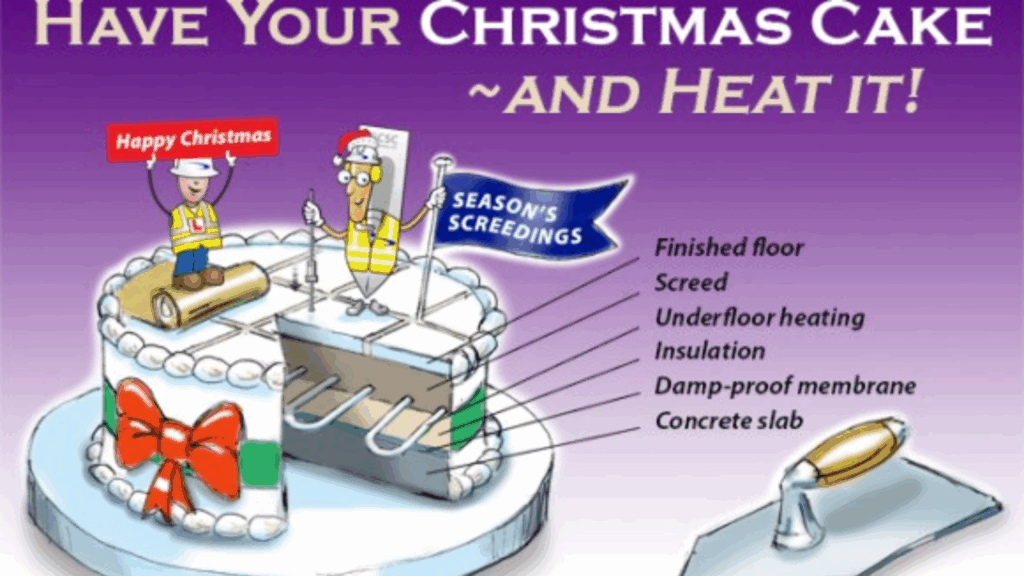
Is it Christmas already?? 2014 has absolutely sped by. Our mission to be informative, helpful and educational in all matters screeding, continues unabated. With the approaching Christmas shutdown the screed scientist wants to remind you to make sure your screed and screeding materials are well protected before you go away. Winter brings with it freezing […]
What you need to know about using screed pumps
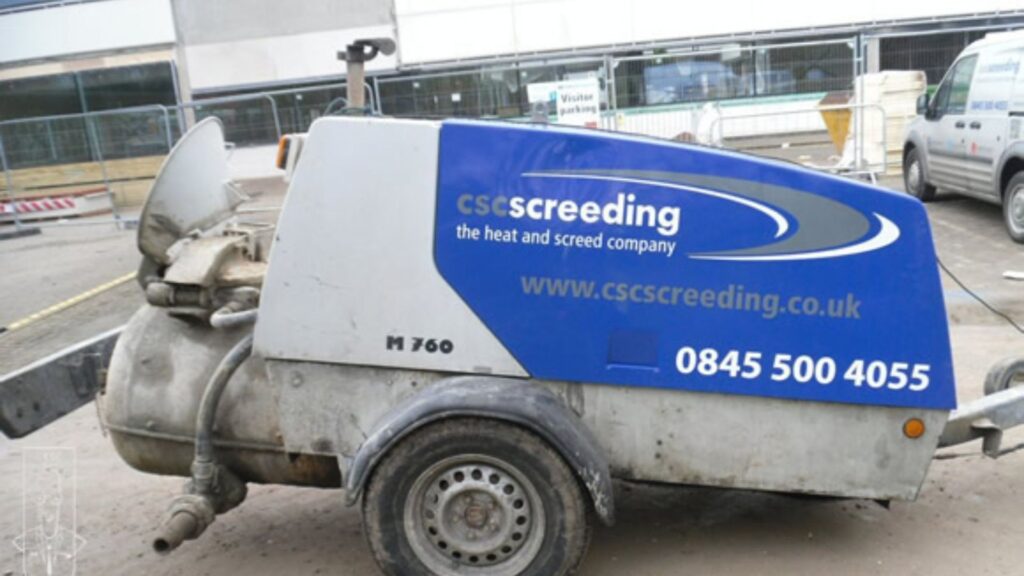
Over the last couple of years, we’ve received a lot of positive comments about our articles. SO over the next couple of weeks we’ll be going through our archives and grouping our articles together in a series of “what you need to know” guides.
What you need to know about using screed pumps

Over the last couple of years, we’ve received a lot of positive comments about our articles. SO over the next couple of weeks we’ll be going through our archives and grouping our articles together in a series of “what you need to know” guides.
What you Need to Know About Concrete Substrates

Over the last couple of years, we’ve received a lot of positive comments about our articles. SO over the next couple of weeks we’ll be ferreting through our archives and grouping our articles together in a series of ‘what you need to know’ guides.
The Pros and Cons of Manufactured Sand
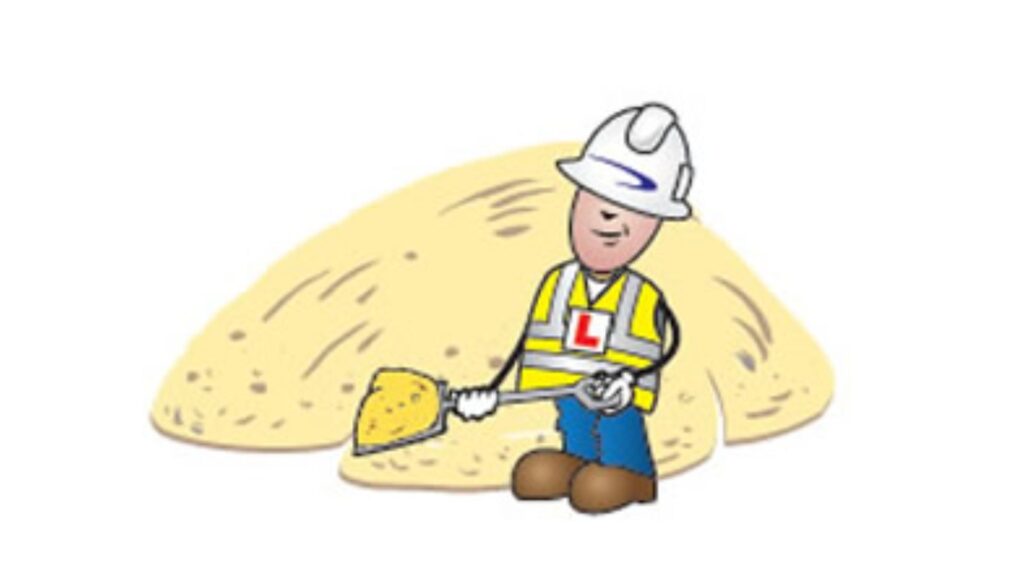
Before we get into the advantages and disadvantages of manufactured sand, what exactly is manufactured sand? Manufactured sand is sand produced by crushing rocks, quarry stones or larger aggregates pieces into sand-sized particles. Natural sand, on the other hand is the naturally formed sand extracted from river beds. Read more:

